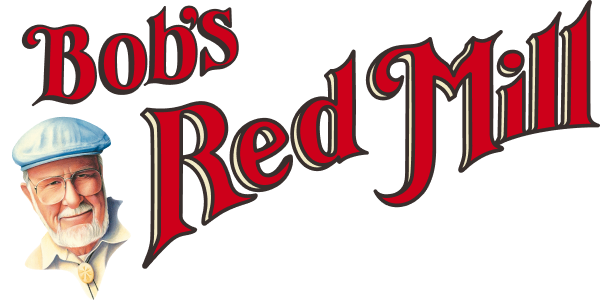


 To prevent your muffins from producing too dense of a texture, add all of your flavoring last. While herbs and spices can be mixed into the other dry ingredients, add-ins like nuts, fruit and cheese should be added at the end. Doing so will help make sure the texture of the muffin is not compromised throughout the mixing process. Additionally, when mixing in the add-ins stir them in lightly to avoid overworking the dough.
To prevent your muffins from producing too dense of a texture, add all of your flavoring last. While herbs and spices can be mixed into the other dry ingredients, add-ins like nuts, fruit and cheese should be added at the end. Doing so will help make sure the texture of the muffin is not compromised throughout the mixing process. Additionally, when mixing in the add-ins stir them in lightly to avoid overworking the dough.
 Most recipes will state the recommended temperature to use when baking muffins. However, if youre using an alternate flour or quick bread recipe, youll likely want to adjust the temperature and baking time. Oven temperature directly affects a muffins texture and how well it rises. Muffins baked at too high of a temperature will produce an overly cooked outer crust and an undercooked filling. Muffins cooked at low temperatures for too long may dry out, creating an unpleasant texture and taste. When making homemade muffins, double-check the recipe for cooking requirements and place a thermometer in your oven to ensure that its heating properly.
Most recipes will state the recommended temperature to use when baking muffins. However, if youre using an alternate flour or quick bread recipe, youll likely want to adjust the temperature and baking time. Oven temperature directly affects a muffins texture and how well it rises. Muffins baked at too high of a temperature will produce an overly cooked outer crust and an undercooked filling. Muffins cooked at low temperatures for too long may dry out, creating an unpleasant texture and taste. When making homemade muffins, double-check the recipe for cooking requirements and place a thermometer in your oven to ensure that its heating properly.
 If when filling up your muffin tin, you find that there is not enough batter to do so, dont worry. Muffins will still cook well, even if some of the cups are left empty. However, if you really want to make sure your muffins turn out correctly, half fill the empty muffin cups with water. Doing so will make sure that the muffins bake evenly and that the pan is protected from buckling. It will also create a light layer of steam in the oven, ensuring that your muffins dont dry out as they rise.
If when filling up your muffin tin, you find that there is not enough batter to do so, dont worry. Muffins will still cook well, even if some of the cups are left empty. However, if you really want to make sure your muffins turn out correctly, half fill the empty muffin cups with water. Doing so will make sure that the muffins bake evenly and that the pan is protected from buckling. It will also create a light layer of steam in the oven, ensuring that your muffins dont dry out as they rise.